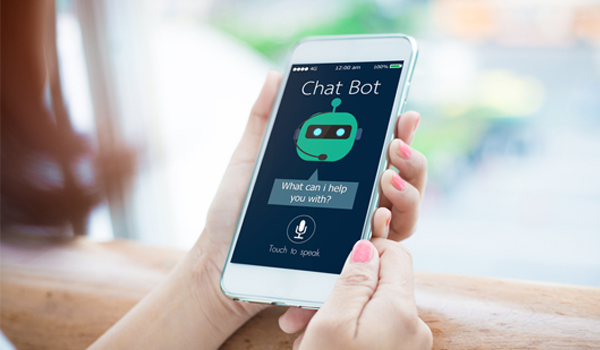2020 year marks the end of chatbot
- Tram Ho
Most of the time when customers interact with chatbots, they encounter problems because of poor quality. Complaints or requests to return and exchange often do not bring satisfactory feeling, but even make customers more disappointed.
Chatbots used to be considered a “low-cost” drug that can cure all illnesses related to Customer Service. However, in reality this is almost impossible. Many businesses have also realized that chatbots are not the right solution for all customers’ needs.
Although the concept of “chatbot will be the answer to automated customer care needs” has gradually been forgotten, the technology that makes it will not completely disappear. Instead, we will soon see chatbot in a new look.
The structure of chatbots is evolving with the advancements of cloud technology, AI and voice to become an important omni-channel factor. The combination of text and voice functions will promote the regeneration of CUI (character user interface), built on the foundation of chatbots.

Voice technology to the throne
According to a survey , only 9% of customers feel satisfied to be “served” by chatbot, while this figure is up to 80% for voice calls. But 80% of contact center operators want to use chatbot technology by 2020, what is the reason for this?
Businesses recognize the potential and future of this type of technology, which is different from normal chatbots. The return of voice-based virtual assistants like Alexa is slowly paving the way for the golden era for Voice. This leads to growth in customer base as chatbots become more valuable with the latest and most advanced technology.
As a branch of AI, Natural Language Processing (NLP) is one of the factors promoting chatbot development. 2020 is the time that NLP will become the focal point of the contact center switchboard, thus effectively supporting CUI chatbot.
The expected transformation
Chatbot is defined as an interactive portal based on online text. And NLP has gradually evolved into a tool to dig deeper into voice data, and analyze customer journeys, laying the foundations for chatbot development.
The modest V1.0 chatbot will evolve with technological advances in voice. When building a chatbot in this way, it will no longer be the answering machines that stop at just one store, but instead become a center of increasing interaction with customers (customer engagement hub).
Customers now have two options, with complex requirements, they will talk to real people, while simpler issues, just using CUI is enough, thereby optimizing time. The whole process uses CUI automatically, provided by NLP and is tracked by sentiment tracking.
Sentiment is the key
Businesses can accurately capture customer issues during a call with NLP. Requests from customers can be solved more quickly and accurately, when the types of frequently asked questions are prepared, avoiding trouble in real-time call streams (real-time).
NLP is currently the “craze” applied everywhere. It can be said that NLP is a changing element of the contact center, because of its effectiveness compared to traditional IVR (Interactive Voice Response), supporting the activities of businesses.
The progress of sentiment analysis will be a big step for NLP and pave the way for the transition for chatbot in 2020. The combination of keyword, voice tone, and volume will outline characteristics of callers and needs. their bridge. These analyzes will help customers be redirected to the right place where demand can be addressed.
For example, in the process of interacting with chatbot, sentiment analysis detects customer anger, then passes it to experienced or trained call center agents to handle this conversation. This ensures proper process and customer support accordingly.

Chatbot trends in 2020 and in the future
Chatbot at the moment is not the main factor of contact center. However, 2020 will be the time when chatbots become an important link of the entire customer interaction system.
In the near future with positive and progressive changes of chatbots, it is difficult for consumers to realize that they are interacting with people or chatbots. With the help of sentiment tracking, NLP and machine learning, the chatbot will become a “senior” customer service assistant.
Source : Techtalk
